Stone Cabin House Plans: A Comprehensive Guide to Design and Planning
When it comes to building a dream home, many people opt for a cozy and rustic stone cabin. Not only do these structures blend seamlessly with their natural surroundings, but they also provide a sense of warmth and comfort that’s hard to find in modern homes. However, designing and planning a stone cabin can be a daunting task, especially for those who are new to the world of architecture. In this article, we’ll dive into the world of stone cabin house plans, discussing the key elements to consider when designing your dream home.
From the size and layout to the materials and exterior finishes, there are many factors to consider when planning a stone cabin. As someone who’s always been fascinated by natural and rustic designs, I believe that stone cabins offer a unique opportunity to connect with nature while still enjoying the comforts of modern living. In this article, we’ll explore the top 10 things to consider when designing a stone cabin house plan, from the initial stages of planning to the final touches of exterior design.
1. Size and Layout: Finding the Perfect Balance
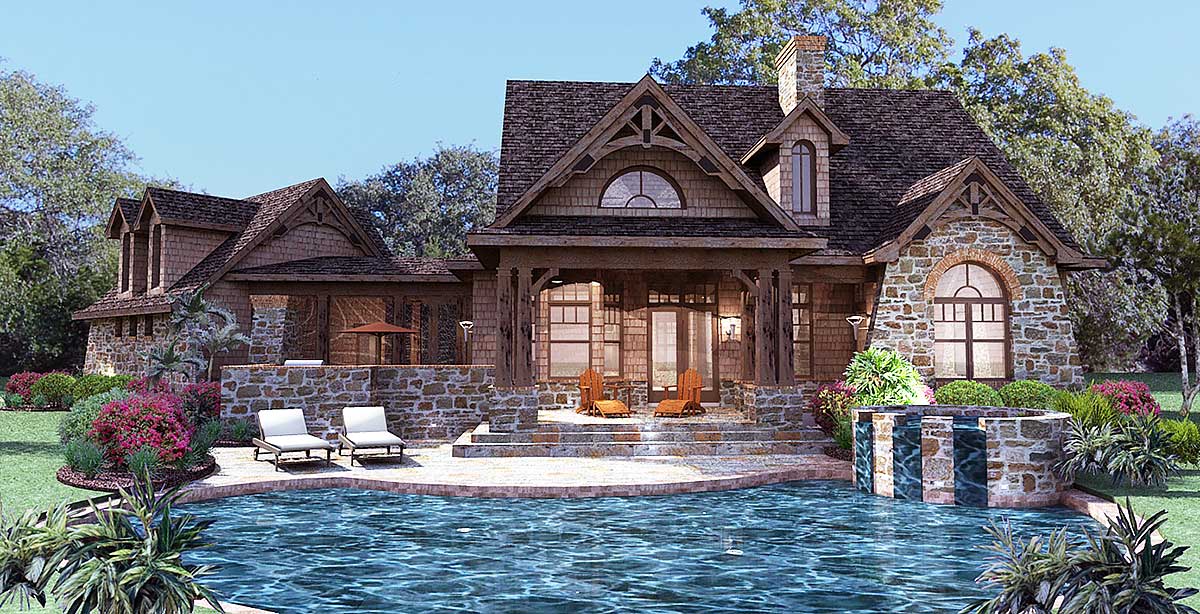
When it comes to designing a stone cabin, size and layout are crucial considerations. You want your cabin to be cozy and intimate, but you also need to ensure that it’s functional and practical for your needs. One of the biggest mistakes people make when designing a stone cabin is building it too small. While it’s tempting to keep costs down by building a tiny cabin, remember that you’ll be spending a lot of time indoors, especially during the winter months. A good rule of thumb is to aim for a minimum of 1,000 square feet of living space, although this can vary depending on your specific needs and preferences.
When it comes to layout, consider an open-plan design that combines the living, dining, and kitchen areas. This will create a sense of flow and make your cabin feel more spacious than it actually is. Also, think about the location of your bedrooms and bathrooms. You want these areas to be private and secluded, so try to locate them in a quiet area of the cabin. As I always say, "form follows function," so make sure your layout is both functional and aesthetically pleasing.
2. Materials and Sustainability: Choosing Eco-Friendly Options
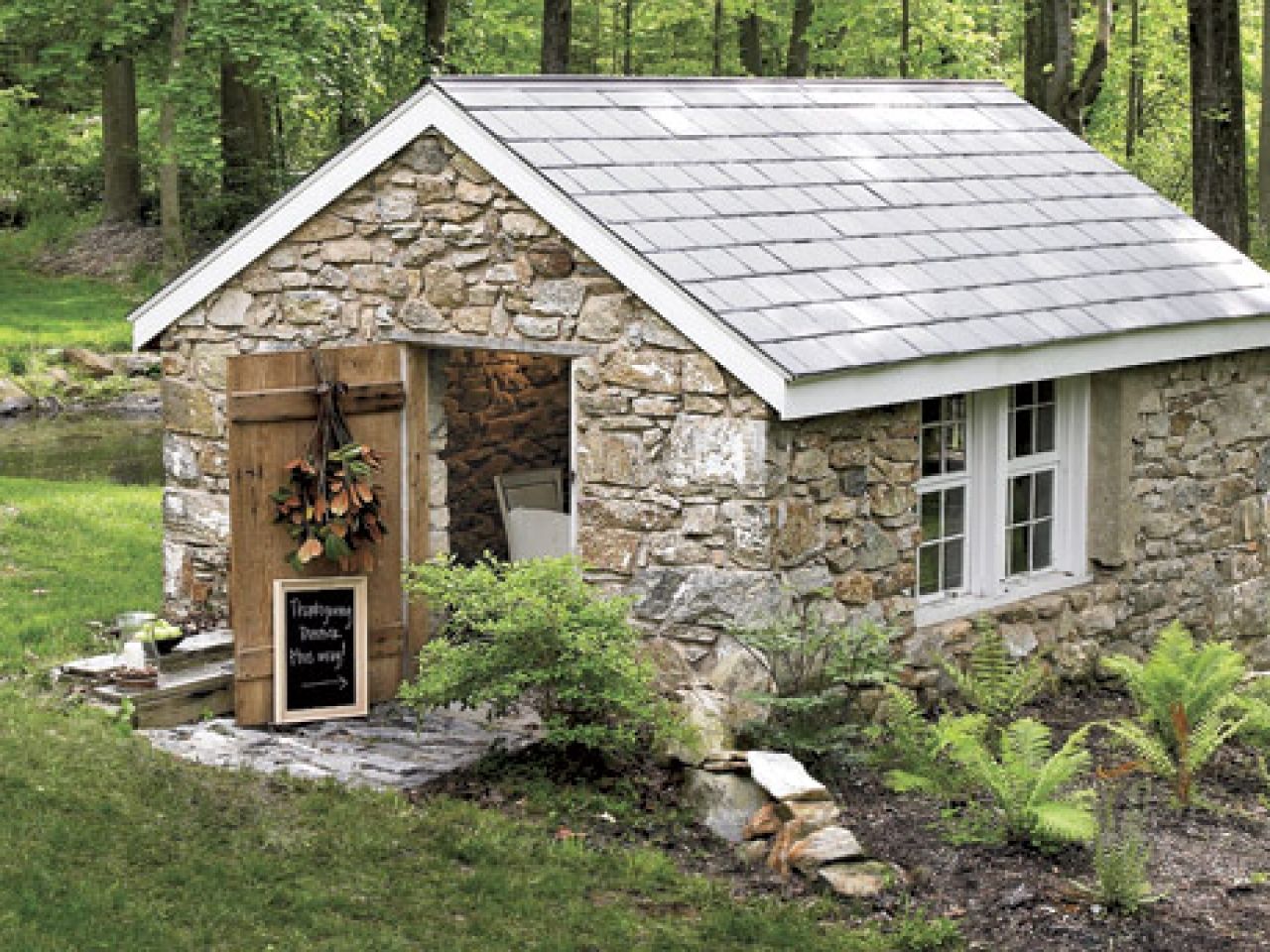
One of the biggest advantages of building a stone cabin is the opportunity to use natural and sustainable materials. From locally sourced stone to reclaimed wood, there are many eco-friendly options to choose from. When selecting materials, consider the environmental impact of your choices. Look for materials that are harvested sustainably, such as FSC-certified wood, and choose materials that are durable and long-lasting.
In addition to using eco-friendly materials, also consider the sustainability of your cabin’s design. Think about the orientation of your cabin and how it will impact your energy consumption. A south-facing cabin, for example, will receive plenty of natural light and warmth during the winter months, reducing your need for artificial lighting and heating. As someone who’s passionate about sustainability, I believe that stone cabins offer a unique opportunity to live in harmony with nature.
3. Exterior Finishes: Adding a Touch of Rustic Charm
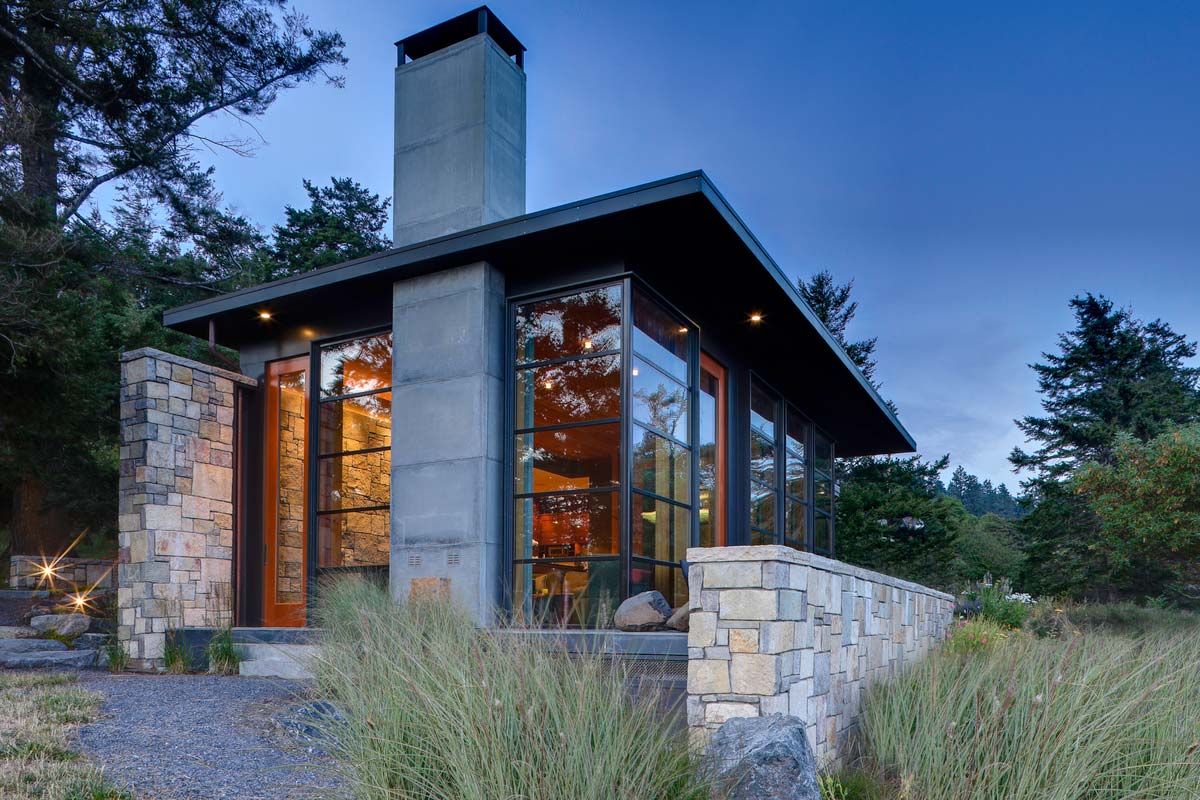
The exterior finish of your stone cabin is what will set it apart from other homes. From the type of stone you use to the color and texture of your roof, there are many options to choose from. One of the most popular exterior finishes for stone cabins is a rustic, natural look that showcases the beauty of the stone. Consider using a combination of fieldstone and flagstone to create a unique and visually interesting exterior.
In addition to the type of stone you use, also consider the trim and molding. A rustic wood trim can add a touch of warmth and coziness to your cabin’s exterior, while a metal roof can provide a durable and low-maintenance option. As I always say, "the devil is in the details," so don’t be afraid to experiment with different exterior finishes until you find the one that’s right for you.
4. Windows and Doors: Capturing Natural Light
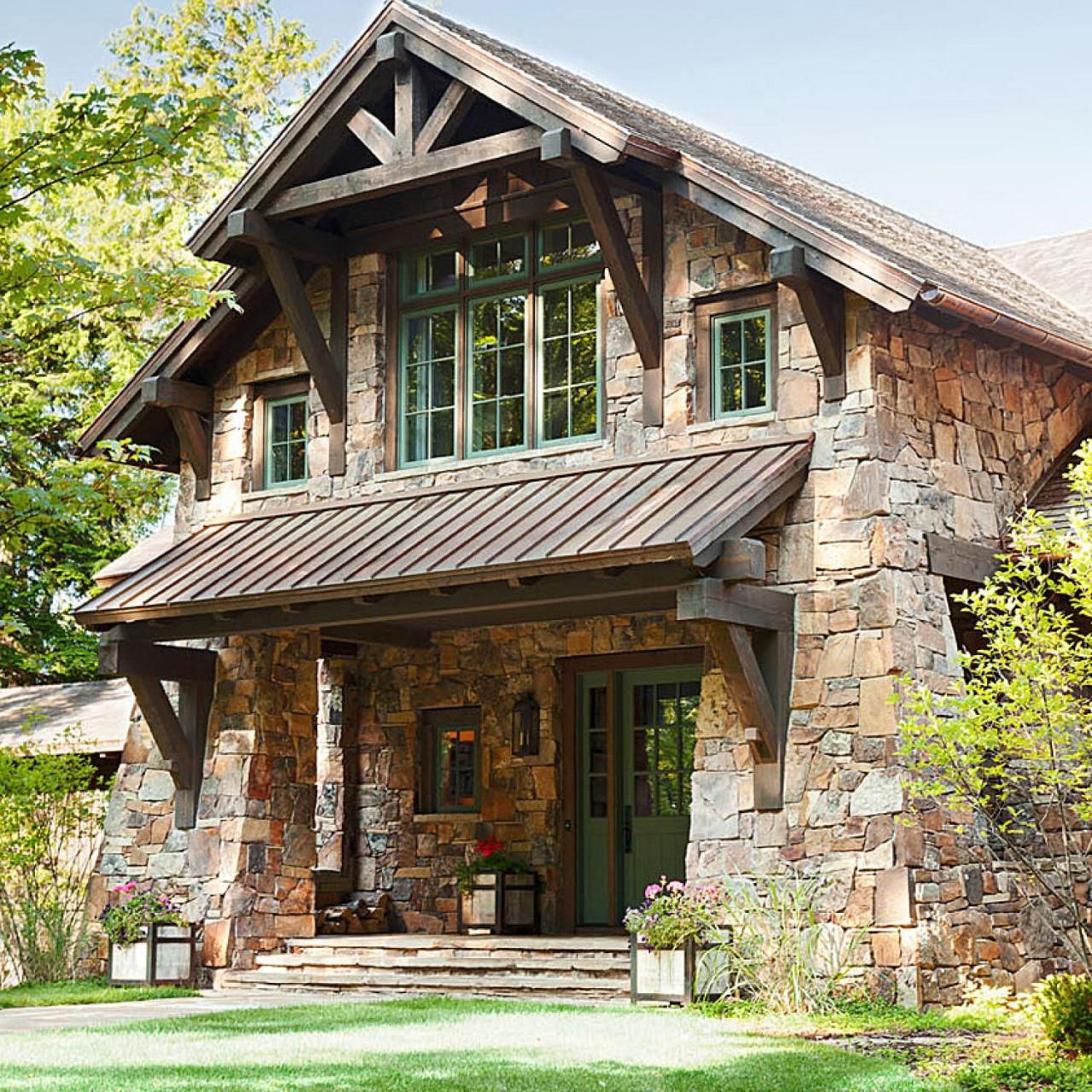
Windows and doors are a crucial element of any stone cabin design. Not only do they provide natural light and ventilation, but they also frame the stunning views that are available from your cabin. When selecting windows and doors, consider the size and placement. Large windows and sliding glass doors can create a sense of openness and connection to the outdoors, while smaller windows can provide a cozier, more intimate feel.
In addition to the size and placement of your windows and doors, also consider the type of glass you use. Low-E glass, for example, can provide energy efficiency and reduce your energy consumption. As someone who loves the outdoors, I believe that windows and doors are a crucial element of any stone cabin design.
5. Roofing and Insulation: Keeping Your Cabin Warm and Cozy
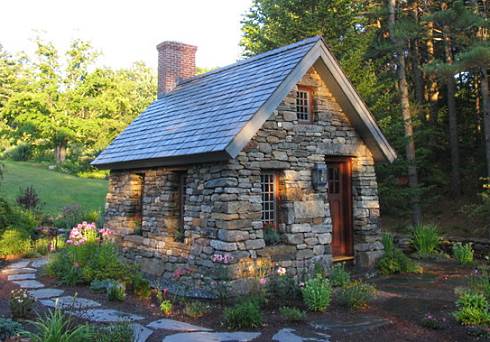
The roof of your stone cabin is what will keep you warm and dry during the winter months. When selecting a roof, consider the type of material you use. A metal roof, for example, can provide a durable and low-maintenance option, while a asphalt shingle roof can be more affordable and easier to install. In addition to the type of material, also consider the insulation. Adequate insulation is crucial for maintaining a comfortable temperature in your cabin, especially during the winter months.
In terms of insulation, consider using natural materials such as wool or recycled denim. These materials are eco-friendly and can provide a high level of insulation. As I always say, "a well-insulated cabin is a happy cabin," so don’t skimp on the insulation when designing your stone cabin.
6. Flooring: Adding Warmth and Texture
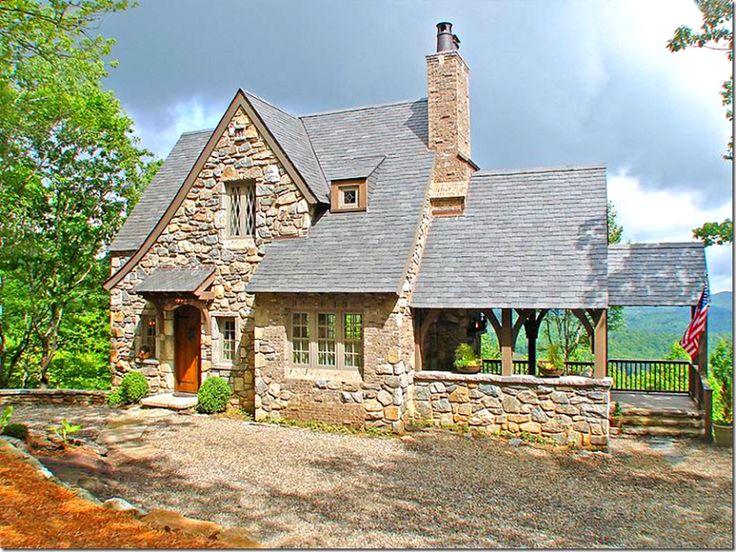
The flooring of your stone cabin is what will tie the whole design together. From hardwood floors to tile, there are many options to choose from. When selecting flooring, consider the texture and warmth you want to create. Hardwood floors, for example, can add a touch of warmth and coziness to your cabin, while tile can provide a cool and calm atmosphere.
In addition to the type of flooring, also consider the color and pattern. A dark hardwood floor, for example, can create a sense of drama and sophistication, while a light-colored tile can create a sense of brightness and airiness. As someone who loves the rustic charm of stone cabins, I believe that the flooring is a crucial element of the design.
7. Lighting: Creating a Warm and Inviting Atmosphere
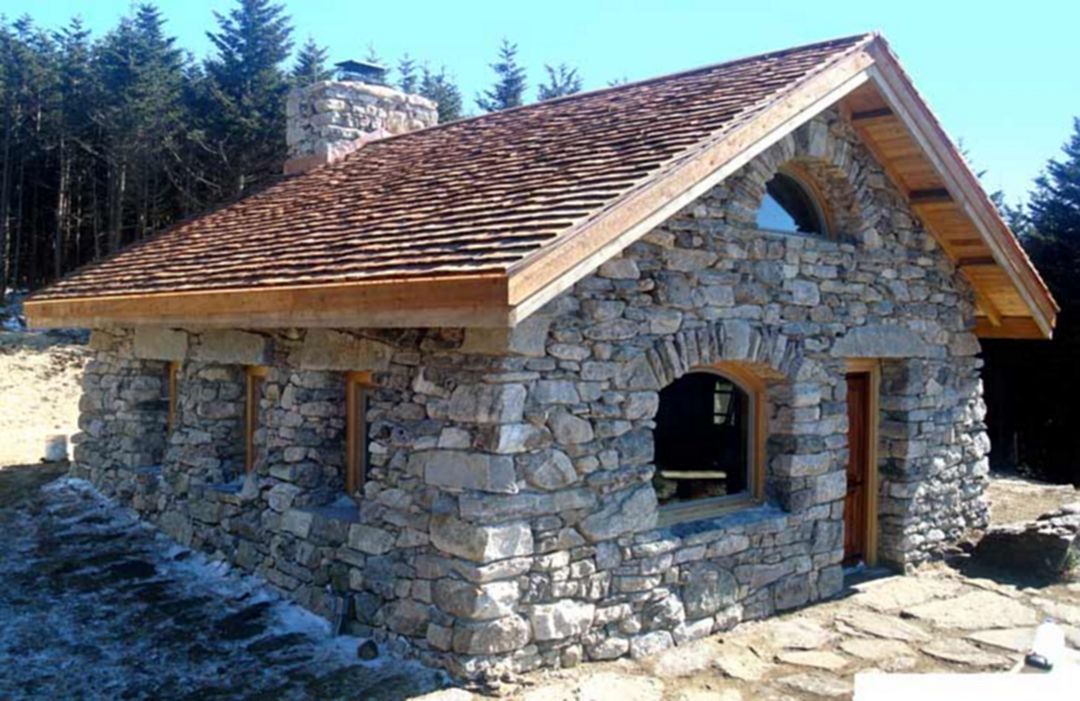
Lighting is a crucial element of any stone cabin design. From table lamps to pendant lights, there are many options to choose from. When selecting lighting, consider the atmosphere you want to create. Warm and cozy lighting, for example, can create a sense of intimacy and relaxation, while bright and airy lighting can create a sense of energy and vitality.
In addition to the type of lighting, also consider the placement. Table lamps, for example, can provide a warm and cozy glow in the living areas, while pendant lights can create a sense of drama and sophistication in the kitchen. As I always say, "lighting is the key to creating a warm and inviting atmosphere," so don’t be afraid to experiment with different lighting options until you find the one that’s right for you.
8. Storage: Keeping Your Cabin Clutter-Free
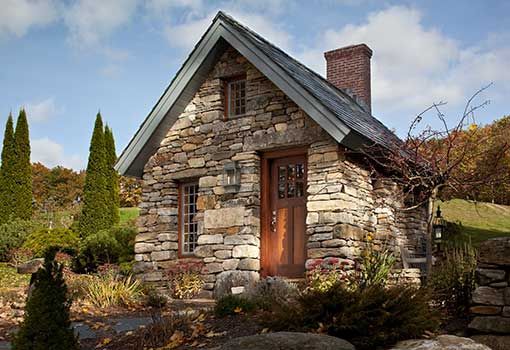
Storage is a crucial element of any stone cabin design. From closets and cupboards to shelves and drawers, there are many options to choose from. When selecting storage, consider the amount of clutter you want to hide. Ample storage, for example, can keep your cabin clutter-free and organized, while limited storage can create a sense of chaos and disorganization.
In addition to the amount of storage, also consider the location. Storage that’s located in a convenient and accessible area can make your life easier, while storage that’s located in a hard-to-reach area can be a hassle. As someone who loves the simplicity and elegance of stone cabins, I believe that storage is a crucial element of the design.
9. Landscaping: Blending Your Cabin with the Natural Surroundings
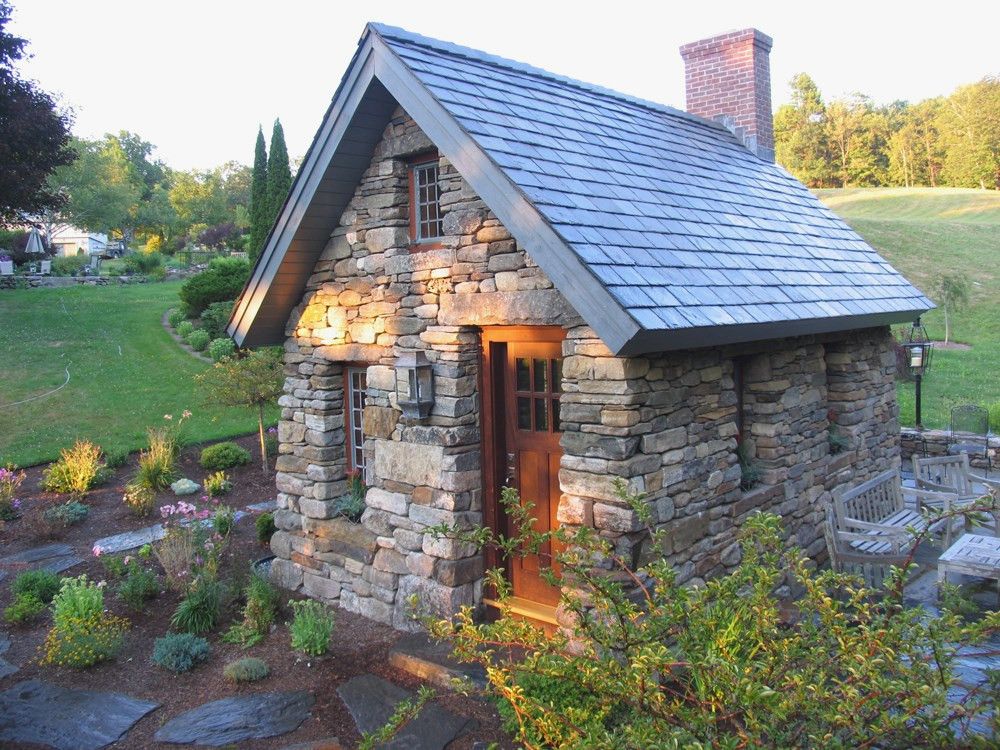
Landscaping is a crucial element of any stone cabin design. From native plants and trees to water features and gardens, there are many options to choose from. When selecting landscaping, consider the natural surroundings of your cabin. Native plants and trees, for example, can blend your cabin with the natural surroundings, while non-native plants can create a sense of contrast and visual interest.
In addition to the type of landscaping, also consider the maintenance. Low-maintenance landscaping, for example, can provide a stress-free and easy-to-care-for option, while high-maintenance landscaping can create a sense of stress and anxiety. As someone who loves the natural beauty of stone cabins, I believe that landscaping is a crucial element of the design.
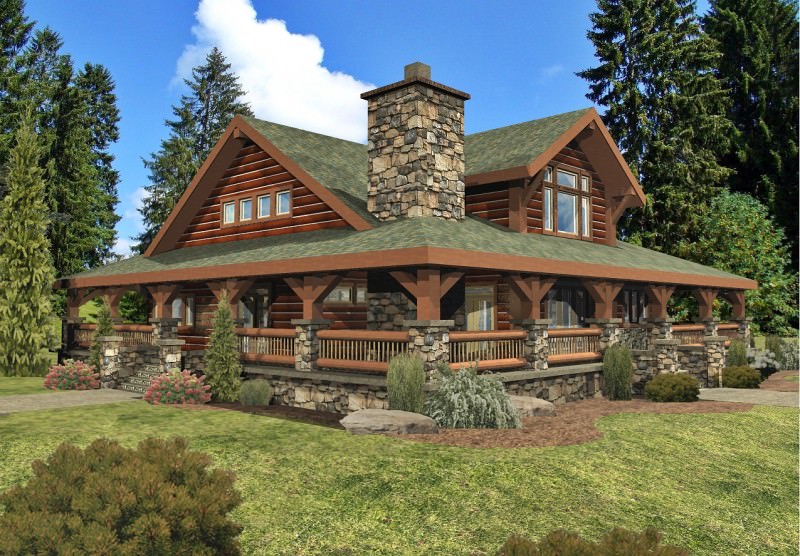
10. Budget: Sticking to Your Budget and Getting the Most Bang for Your Buck
Finally, when designing a stone cabin, it’s crucial to stick to your budget. From materials and labor to permits and inspections, there are many costs to consider. When creating a budget, consider the must-haves and nice-to-haves. Must-haves, for example, can include essential elements such as plumbing and electrical, while nice-to-haves can include luxury elements such as a hot tub or sauna.
In addition to creating a budget, also consider the cost of maintenance and repairs. A well-maintained cabin, for example, can last for decades, while a poorly maintained cabin can require costly repairs and renovations. As someone who’s passionate about stone cabins, I believe that budgeting is a crucial element of the design process.
